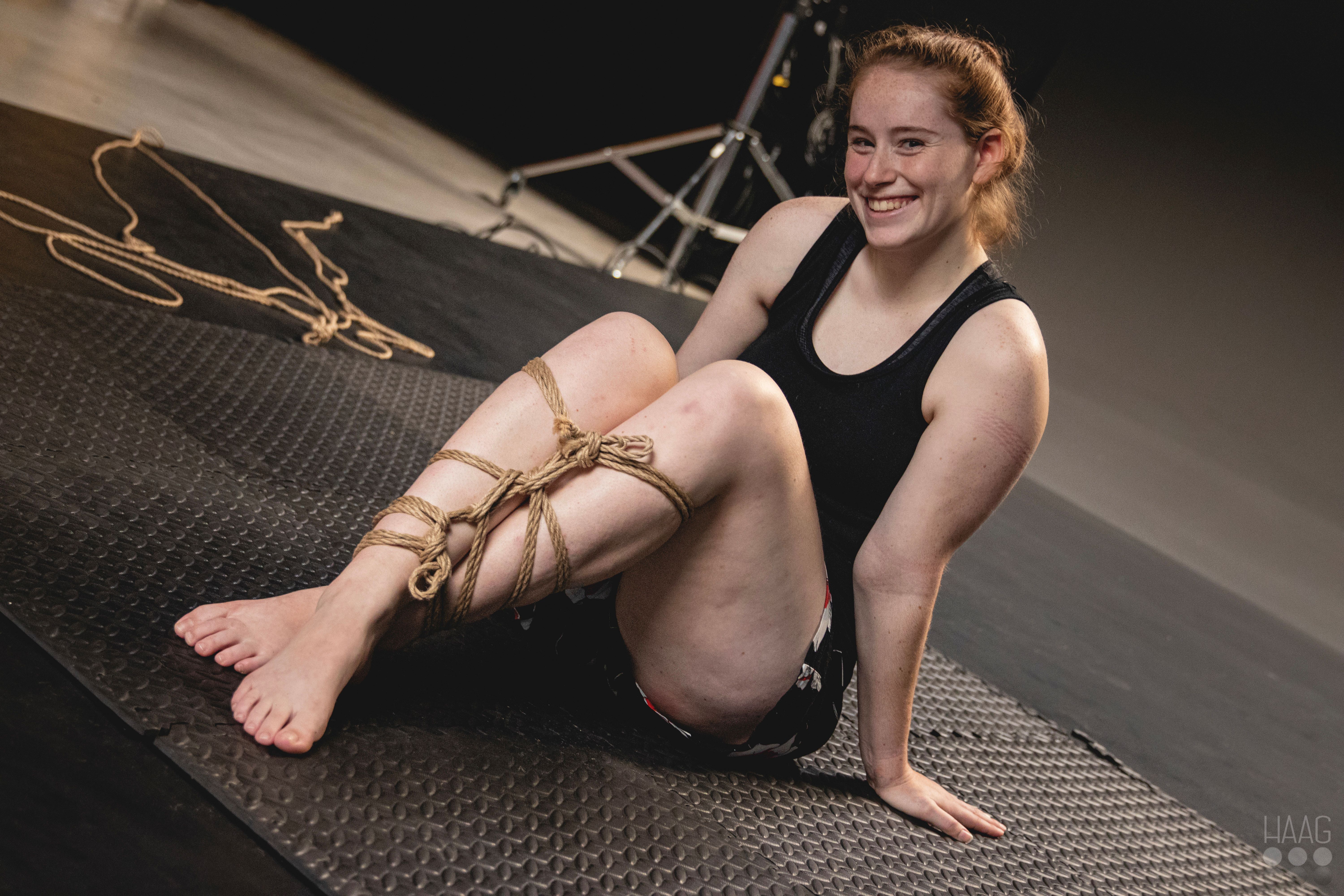Selftying Structures Course

Foto: Haag, Model: Lokka, Touw: Haag
This course can be given in a 2 or 3-day format, with the preference for a 3-day format. Tickets are only available for all three (or two) days and attendees are expected to attend each date. You cannot buy separate tickets and there are no catch-up possibilities.
This is the second part (Structures) in my selftying series.
For whom?
This is a course for those who feel confident with single and double column ties, wrapping techniques, basic rope handling, and several frictions. It is a technical course with little emphasis on the emotional or connective aspects of rope. Whether the interest is in self-tying, rigging, or modelling, the material is relevant across all roles. While the focus is on selftying, the skills learned can also be applied in partnered rope.
By the end of this course, there will be a clear understanding of why certain structures are built the way they are. For those with an interest in suspensions, understanding that “why” is essential.
Requirements
- Awareness of your own physical abilities and emotional boundaries;
- Physical ability to comfortably wrap rope around your own upper and lower body in a seated position;
- At least 3x 8m of rope – preferably jute or hemp (you can buy jute Ellipsis ropes at the event as well - €50 per 3x 8m);
- Fluent execution of a sustainable single and double column tie;
- Basic understanding of frictions and rope handling skills.
- If you want to tie the complete chest harness: physical ability of tying a tight knot/bow behind your back.
Content
The main focus of this course is not just how to tie structures, but also why they are tied, and more importantly, why they are constructed the way they are. Throughout the course, one or more variations of the following will be explored:
- Gunslinger
- Legbinder
- Agura
- Booty basket
- Futomomo
- (Lokka’s) chest harness
The focus will be on tying above structures, but rope handling skills and safety considerations are also part of this course
At the end of this course (if you have participated on both dates) you will have a solid base to return to and if you have mastered the content (after practicing on your own), you will be ready to start diving into getting those structures up in the air.
The workshop will be taught in English unless all participants speak Dutch.
